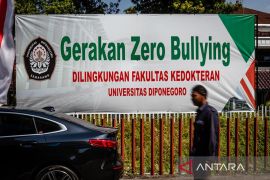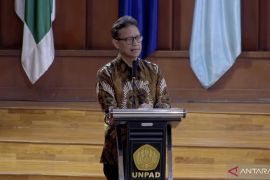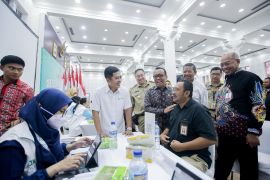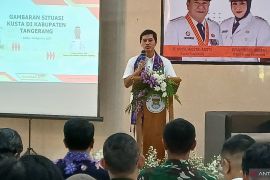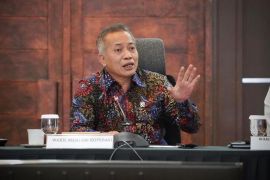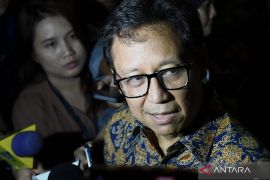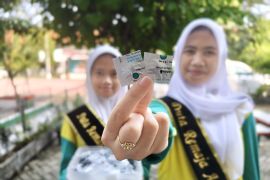Confirming the development here on Thursday, Health Minister Budi Gunadi Sadikin said that the designation reflects Indonesia’s leadership in workforce development, as well as its increasingly prominent role in regional collaboration, including in Pacific Island countries.
“Indonesia is proud that Poltekkes is set as WHO’s Center of Collaboration — a recognition of our commitment to advancing nursing and midwifery education,” Sadikin said.
The center, he informed, will focus on two things. First, it will support the WHO in delivering accredited clinical instructor training programs to nurses and midwives to improve the quality and consistency of pre-service education.
Second, it will help the WHO in advancing midwifery leadership development with a focus on education, policy, and service quality, he added.
With 38 campuses across 33 provinces nationwide, Poltekkes is playing a central role in producing Indonesia’s health professionals, particularly nurses, midwives, and health workers, who serve in primary healthcare centers and facilities across the country, Sadikin noted.
The collaboration marks a new chapter in Indonesia’s partnership with the WHO, and reflects the nation’s ambition to strengthen the health system with the help of skilled and empowered health workers.
Concurring with Sadikin, WHO’s regional director for the Western Pacific, Dr. Saia Ma’u Piukala, said that Poltekkes’ selection is an important moment for Indonesia and the Western Pacific region.
“As Indonesia takes on its new role in the Western Pacific, Poltekkes is showing how national experience can strengthen regional capacity and advance nursing and midwifery education for the benefit of all,” he added.
“This is exactly what we mean when we speak of weaving health for families, communities, and societies,” he said.
He informed that since 2022, the WHO and Poltekkes have developed 50 international class modules, trained 50 lecturers across 24 campuses, and provided intensive coaching to improve teaching quality at pilot campuses in Medan, Yogyakarta, Surabaya, and Pontianak.
Moreover, the initiative has helped Indonesia maintain skilled health workforce density above the WHO minimum threshold of 44.5 doctors, nurses, and midwives per 10 thousand population, while improving workforce competency and training, he pointed out.
An inaugural activity under the new WHO Collaborating Center—the Midwifery Leadership Program—officially opened this week in Jakarta. It brought together 20 midwifery faculty members from Poltekkes to strengthen leadership capacity in maternal and newborn health.
Since 2000, Piukala said, Indonesia has reduced maternal mortality from 311 to 140 per 100 thousand live births and under-five mortality from 52 to 21 per thousand live births, meeting the 2030 Sustainable Development Goals (SDG) target for under-five mortality and reaching the upper threshold for maternal mortality.
“However, further reductions are needed to meet the full maternal health target, which calls for a two-thirds reduction from 2010 levels,” he stressed.
Reporter: Mecca Yumna Ning Prisie
Editor: Azis Kurmala
Copyright © ANTARA 2025

